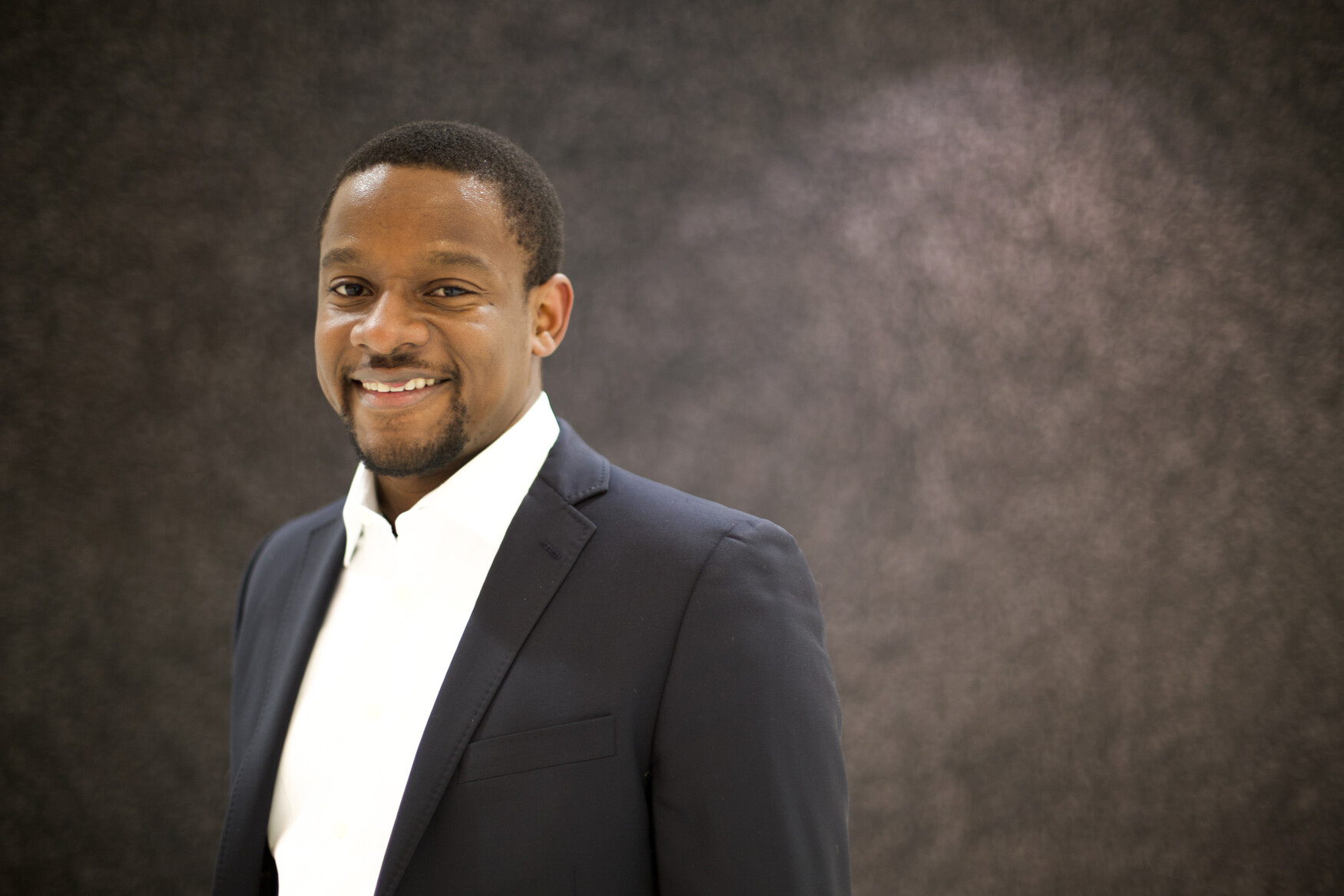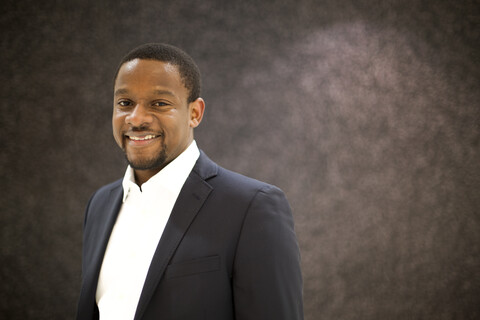Main Second Level Navigation
Breadcrumbs
- Home
- News & Events
- Recent News
- Faces of U of T Medicine: Ayodele Odutayo
Faces of U of T Medicine: Ayodele Odutayo

Liam Mitchell

Q: When did you decide you wanted to be a doctor?
I decided I wanted to be a doctor at the age of 10. I was living with my mom and sister in the British Virgin Islands and had the opportunity to shadow and learn from a local physician as part of a school project. This experience initially sparked my interest in medicine. When I shared with my mom that I might want to study medicine, she relocated our family to Canada to provide us with more options for higher education.
Q: Members of the Black community are underrepresented in medicine. Did you perceive any impediments, either because of a lack of role-models or anti-Black racism?
An important hurdle for prospective medical students is securing a mentor. As a first-year undergraduate student from a single parent immigrant family, I had no connection to anyone in the health care system. I therefore sent about 100 emails to different researchers at U of T and towards the end of this effort I received one offer for a summer student research position with Dr. Michelle Hladunewich. These student positions are considered pivotal for any prospective applicant. They are often based at hospital research institutes, provide access to a mentor and open doors to the medical community. Students also have the chance to present their summer research at their hospital and some students may even obtain a publication in a scientific journal; an important form of academic currency in medicine.
Academic achievement in the classroom is a poor predictor of research creativity and productivity. Therefore, selecting among candidates for summer student positions becomes a question of who “fits” best with the culture of the group. Each research group within a hospital manages its own hiring process and invariably, candidates who look and sound like their interviewers are more likely to be selected. This is the nature of unconscious bias. Indeed, in the three years I was enrolled in undergraduate summer student programs, I was often the only black student.
I’ve reflected on why I received an opportunity as a summer student and have quickly recognized that it had nothing to do with my qualifications or academic achievement. It was because I contacted a researcher who regularly makes opportunities for students that are socially or economically disadvantaged. She opens doors for many students who may not otherwise have an opportunity; a powerful way to bring greater equity and justice into higher education. The lack of mentors and difficulty accessing pivotal opportunities is one of many variables that account for the underrepresentation of the black community in medicine.
Q: How was your experience as a Black student in U of T Medicine?
I studied at U of T from 2009-2013 and was one of four black students in my medical school class (and the only black male). I was privileged as a medical student because the mentors I had during my undergraduate studies were based at U of T. I remained involved with the same research group throughout medical school and mentors such as Dr. Hladunewich facilitated opportunities for me outside of the typical path of the U of T medical student. This meant that I had strong advocates, even in situations where I would traditionally feel disadvantaged as a Black male. Mentors who are proactive about reducing socio-cultural barriers that students face are crucial to bringing greater equity in medical education.
Q: As a Rhodes Scholar, you had the opportunity to study at Oxford. How did that experience differ from your experience at U of T?
Rhodes House – the central hub for the scholarship – was the first time I was embedded in a truly diverse student community. The scholarship is offered to 83 candidates from over 25 countries and allowed me to learn from colleagues with varying cultural and academic backgrounds. This diverse environment also gave me greater insight into my own values, biases and weaknesses.
The key difference between my experience at Rhodes House and U of T was the diversity of the student community and the role it played in my education. I’m excited that U of T has introduced initiatives to increase diversity in undergraduate medical education. The challenge that remains is designing a curriculum that leverages the strength of a diverse student environment to better prepare future doctors to care for an increasingly diverse general population.
Q: You helped establish a prep course, Biostats Enhancement, to help students from under-represented communities prepare for medical school. Now that it has been running for a few years, do you feel it is having an impact?
In general, I believe the course is working. It has grown steadily in size over three years and has received positive evaluations from participants. The 2017 iteration of the course was primarily taught by previous students, which highlights the strong alumni community. We published our first paper from the course in JAMA Cardiology. We’ve completed our second paper and have submitted it to another journal (seven students were heavily involved with the project).
Along with other Community of Support programs, I think the course shows the type of academic excellence that can be achieved with mentorship and efforts to reduce socio-cultural and socio-economic barriers.
Q: You’re now an internal medicine resident. How is that experience? Do you feel supported and respected as Black physician by colleagues and patients?
Generally, I have felt well supported and respected as a Black physician, although I still face many of the challenges that other minority physicians encounter. This includes regularly clarifying that I’m a member of the health care team as opposed to support staff.
However, because of the opportunity to affect the clinical care patients receive, I find myself most attuned to the challenges that patients from socially disadvantaged groups encounter when accessing the healthcare system. Dr. Onye Nnorom wrote a fantastic article describing a young black woman with sickle cell disease who “takes time to do her hair and make-up, and get dressed in ‘sensible’ business attire” before coming to the hospital to seek care for an acute pain crisis. Whenever I’m involved in the care of someone who might be marginalized because of sociocultural factors, I always try to be an advocate for their concerns. I also regularly try to consider my own biases and how it affects the care provided.
Finally, in residency, I have been fortunate to find a supportive network in organizations such as the Black Physicians Association of Ontario (BPAO). BPAO has provided a network of future colleagues, which reduces the sense of isolation that can occur as a black physician in residency.
Faces of U of T Medicine introduces you to some of the interesting people studying in the Faculty of Medicine. From advising political leaders to providing care to Toronto’s most vulnerable populations, our students are making an impact on communities at home and around the world.
Do you have an interesting story to share? Contact us at medicine.communications@utoronto.ca.